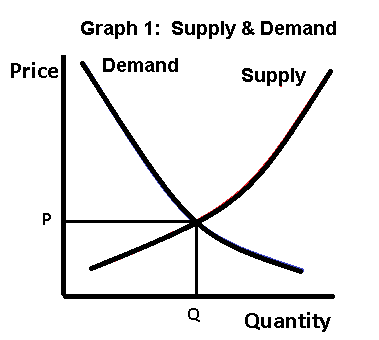In order to figure out what really does happen, we need to consider findings from a variety of different fields, including biology, physics, systems analysis, finance, and the study of past economic collapses. Since I started studying the situation in 2005, I have had the privilege of meeting many people who work in areas related to this problem.
My own background is in mathematics and actuarial science. Actuarial projections, such as those that underlying pensions and long term care policies, are one place where historical assumptions are not likely to be accurate, if an economy is reaching limits. Because of this connection to actuarial work, I have a particular interest in the problem.
How Other Species Grow
We know that other species don’t amass wealth in the way humans do. However, the number of plants or animals of a given type can grow, at least within a range. Techniques that seem to be helpful for increasing the number of a given species include:
- Natural selection. With natural selection, all species have more offspring than needed to reproduce the parent. A species is able to continuously adapt to the changing environment because the best-adapted offspring tend to live.
…click on the above link to read the rest of the article…





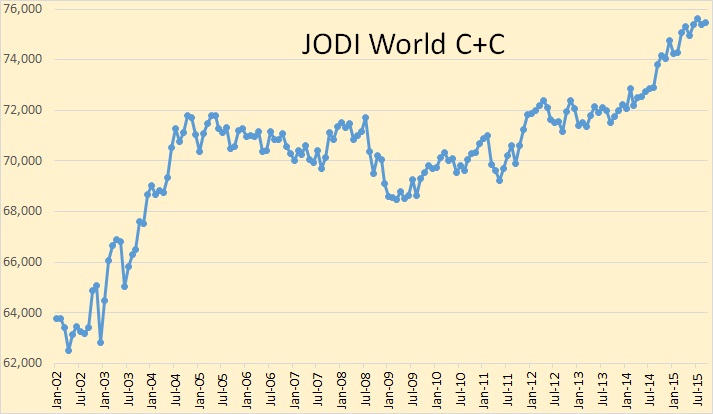
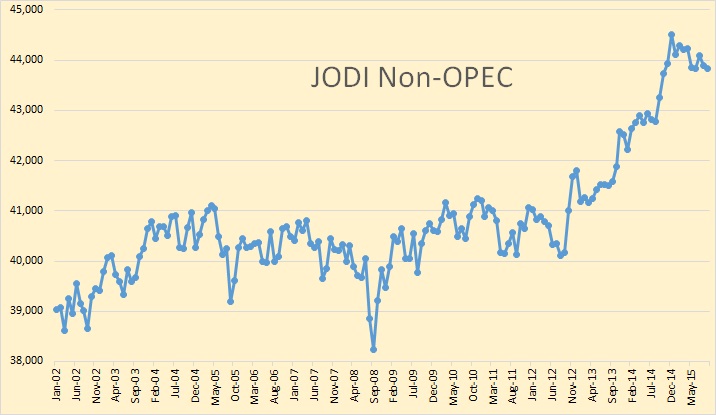

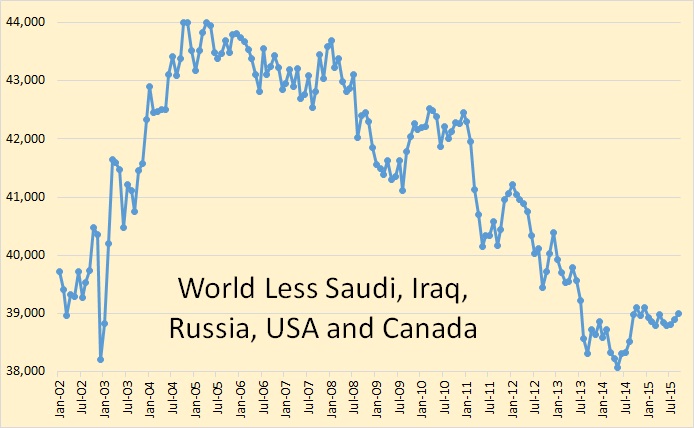
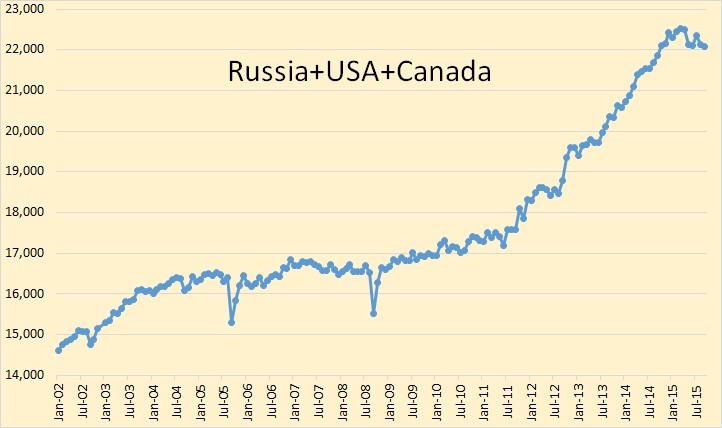


 Gravity… ever since Einstein invented it, stocks occasionally go down
Gravity… ever since Einstein invented it, stocks occasionally go down



